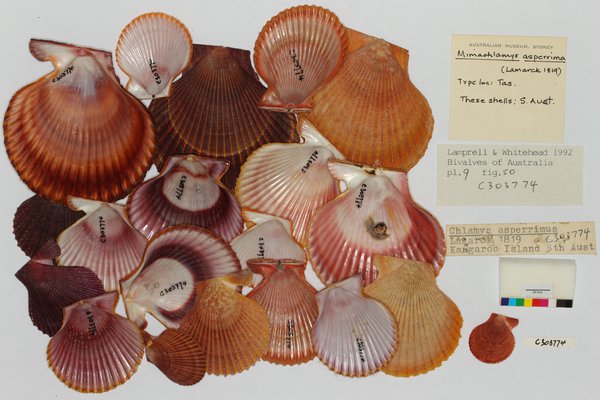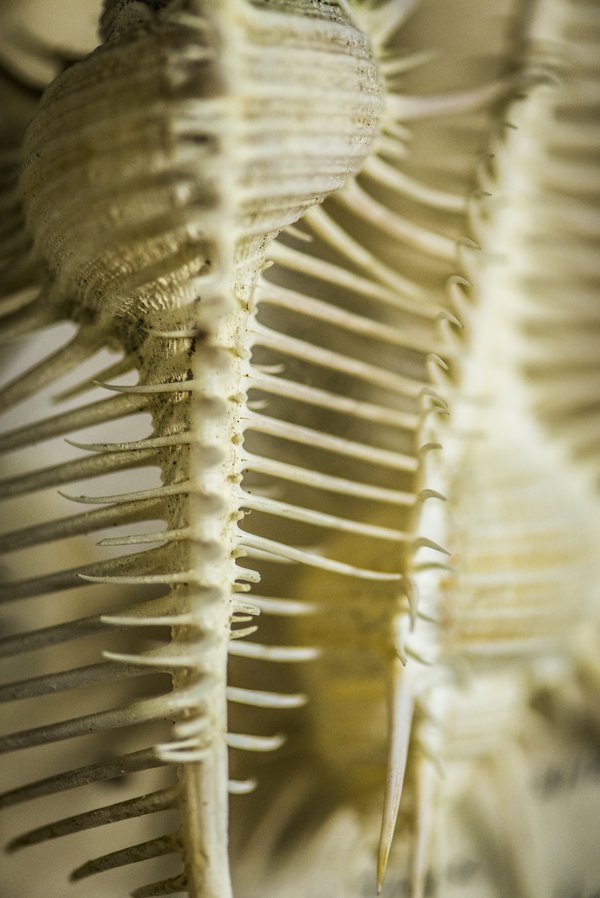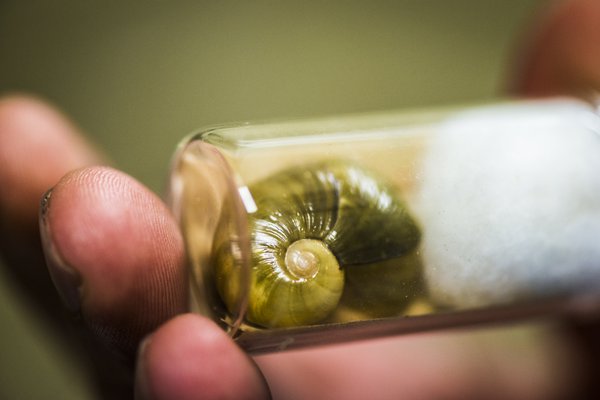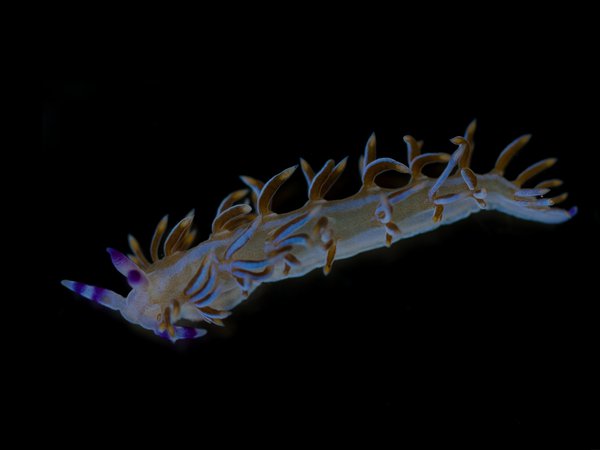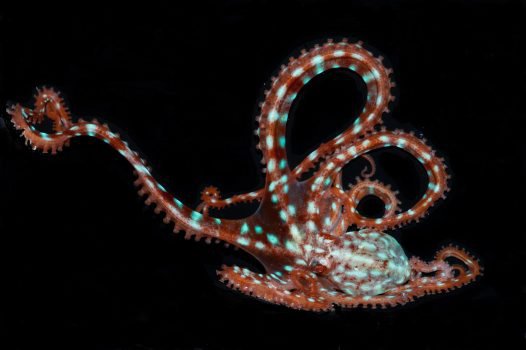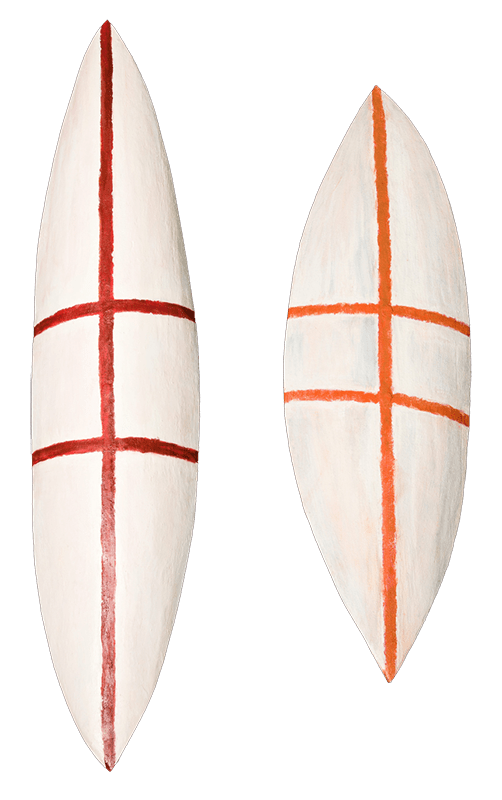Malacology
Our collection of molluscs includes chitons, clams, mussels, snails, nudibranchs (sea slugs), tusk shells, octopus and squid.

Molluscs are animals that have:
- an unsegmented soft body
- an internal or external shell (most species but not all)
- a mantle (fold in the body wall that lines the shell)
- a muscular foot and/or tentacles
The Australian Museum Malacology collection is the largest of its type in Australia and encompasses Marine, freshwater and terrestrial molluscs, with particular strengths in micromolluscs, opisthobranchs and terrestrial molluscs.
The overall size of the collection is 910,369 lots and dry specimens, comprising an estimated 11 million individual specimens, 46,025 Type lots (the specimens used to base all new records of a relevant species off), of which approximately 48% percent have been digitised. Many of the specimens are dry shells, but there is also a large collection of preserved molluscs, which are stored across two Australian Museum storage locations, our Sydney CBD site and the Castle Hill Discovery Centre.
The collections geographic coverage generally centres on Australia, with a particular focus on eastern Australia, but also includes extensive collections from the broader Indo-west Pacific.
Important early contributors to the Australian Museum Malacology collections included Tom Iredale and Charles Hedley, with significant recent contributions made by collector, curator and researcher, Dr Winston Ponder.

